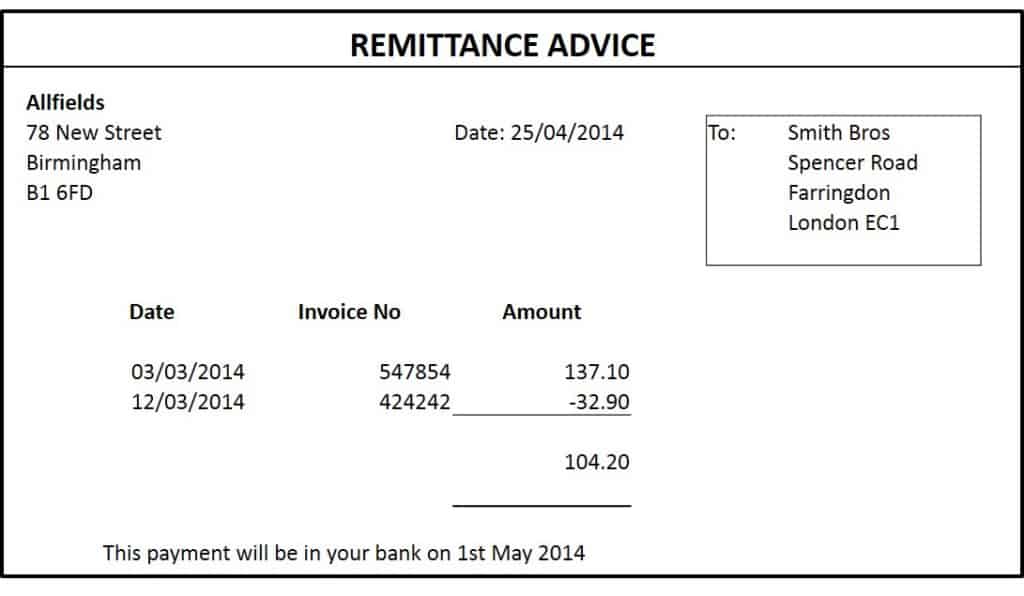Online bill payments and other electronic transfers that a sender schedules in advance, including preauthorized remittance transfers, made by the sender’s
https://www.consumerfinance.gov/rules-policy/regulations/1005/interp-30/

Introduction
Are you tired of the hassle of writing checks, mailing bills, and waiting for payments to clear? Remittance transfers offer a fast, secure, and convenient way to pay your bills. This guide will explain everything you need to know about remittance transfers, including how they work, the benefits they offer, and how to get started.
What is a Remittance Transfer?
A remittance transfer is an electronic transfer of funds from one person or organization (the sender) to another person or organization (the receiver). Remittance transfers are often used to send money to family members, friends, or businesses in other countries. However, they can also be used to pay bills within the United States.
How Do Remittance Transfers Work?
To initiate a remittance transfer, you will need to provide the following information:
- The amount of money you want to send
- The receiver’s name and address
- The receiver’s bank account number or mobile phone number
- Your payment information (such as your bank account number or credit card number)
Once you have provided this information, the remittance transfer provider will send the funds to the receiver. The receiver can then access the funds through their bank account, mobile phone, or other designated method.
Benefits of Remittance Transfers
Remittance transfers offer a number of benefits over traditional methods of bill payment, including:
- Convenience: Remittance transfers can be initiated online, over the phone, or in person. This makes it easy to pay your bills from anywhere, at any time.
- Speed: Remittance transfers are processed electronically, so the funds are typically available to the receiver within minutes or hours.
- Security: Remittance transfers are protected by strong security measures, so you can be confident that your money will be safe.
- Affordability: Remittance transfer fees are typically lower than the fees charged by banks and other financial institutions.
How to Get Started with Remittance Transfers
There are a number of different remittance transfer providers available. When choosing a provider, you should consider the following factors:
- Fees: Compare the fees charged by different providers to find the best deal.
- Exchange rates: If you are sending money to a country with a different currency, you should compare the exchange rates offered by different providers.
- Customer service: Choose a provider with a good reputation for customer service.
Once you have chosen a remittance transfer provider, you can create an account and start sending money.
Conclusion
Remittance transfers are a fast, secure, and convenient way to pay your bills. If you are looking for a better way to manage your finances, remittance transfers are definitely worth considering.
Useful Links
FAQ
What does remittance transfer bill pay mean?
n
What is the meaning of remittance transfer?
n
What does it mean when a payment is remitted?
n
Why did I get a remittance check?
n
Read More :
https://www.consumerfinance.gov/ask-cfpb/what-is-a-remittance-transfer-en-1161/
